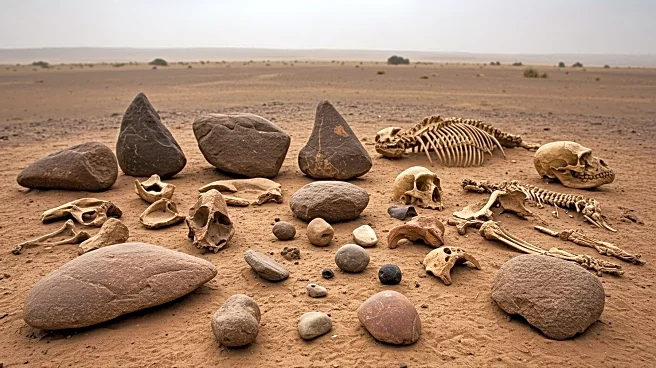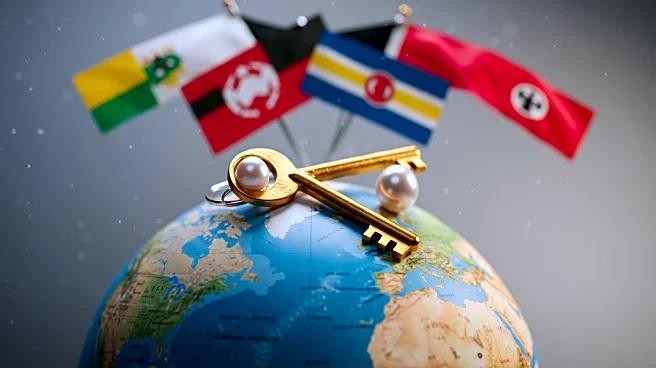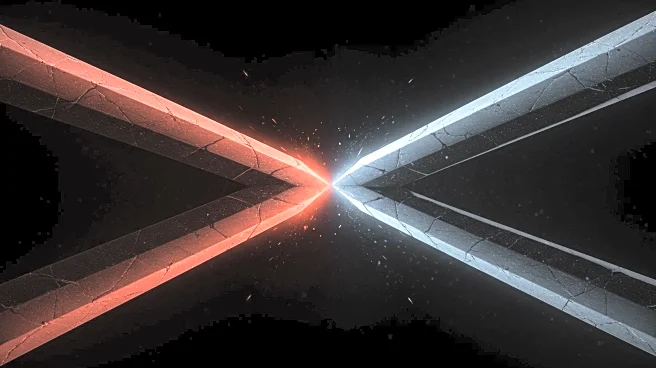Rapid Read • 8 min read
Israeli archaeologists have uncovered the earliest evidence of interbreeding between Neanderthals and Homo sapiens. The discovery was made through the reanalysis of a fossil found approximately 90 years ago in Israel's Skhul Cave. Using advanced micro-CT scanning and 3D modeling, researchers were able to identify the cranial features typical of Homo sapiens in the skull of a child. This finding provides significant insights into the interactions between these two species, suggesting that interbreeding occurred in the region much earlier than previously thought.
AD
The discovery of interbreeding between Neanderthals and Homo sapiens in Israel offers crucial information about human evolution and migration patterns. It challenges existing theories about the timeline and geographical spread of these interactions, potentially reshaping our understanding of early human history. This evidence could lead to a reevaluation of how modern humans inherited genetic traits from Neanderthals, impacting studies in genetics, anthropology, and archaeology. The findings may also influence discussions on human adaptability and survival, as interbreeding could have played a role in the development of advantageous traits.
Further research is expected to explore the extent and implications of Neanderthal and Homo sapiens interbreeding in the region. Archaeologists may conduct additional excavations and analyses to uncover more fossils that could provide deeper insights into the interactions between these species. The study could prompt a broader investigation into other sites across the Middle East, potentially revealing new evidence of early human migration and adaptation. Collaboration with geneticists might also be pursued to understand the genetic legacy of Neanderthals in modern human populations.
This discovery raises ethical and cultural questions about the interpretation of human ancestry and identity. It challenges the notion of distinct species boundaries and highlights the complexity of human evolution. The findings may influence cultural narratives about human origins, prompting discussions on the interconnectedness of different human groups throughout history. Additionally, the use of advanced technology in archaeology underscores the importance of interdisciplinary approaches in uncovering historical truths.
AD
More Stories You Might Enjoy










